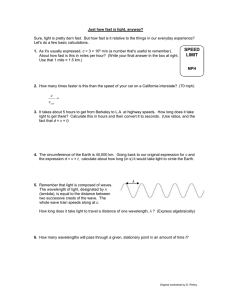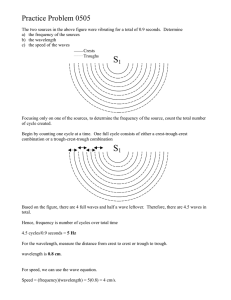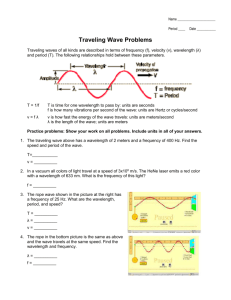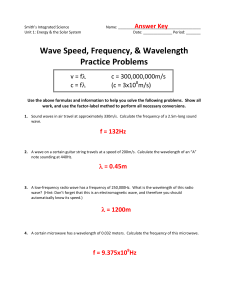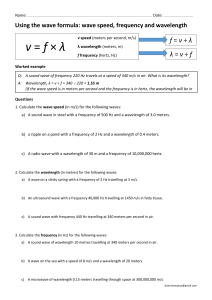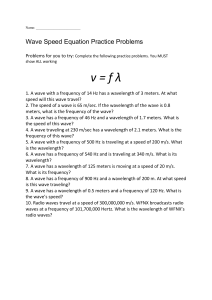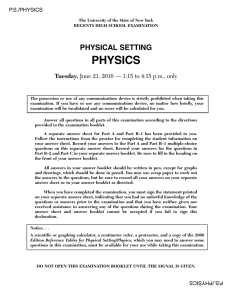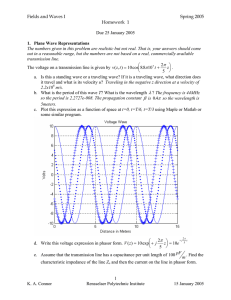College Bound Math Problem Set #2
advertisement
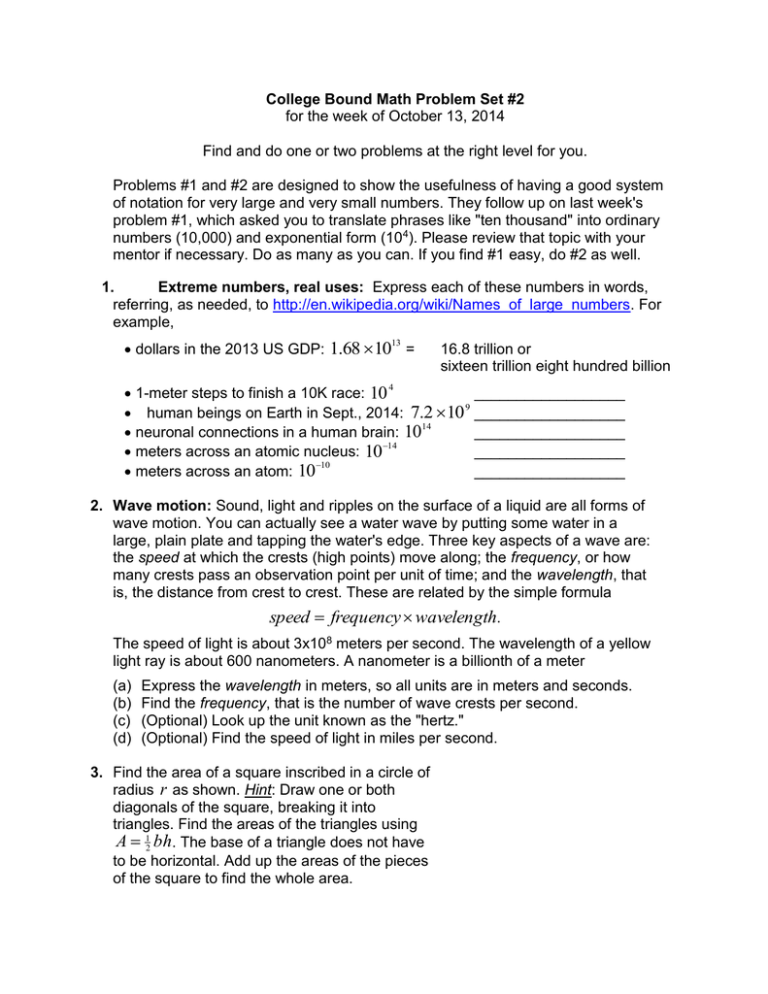
College Bound Math Problem Set #2 for the week of October 13, 2014 Find and do one or two problems at the right level for you. Problems #1 and #2 are designed to show the usefulness of having a good system of notation for very large and very small numbers. They follow up on last week's problem #1, which asked you to translate phrases like "ten thousand" into ordinary numbers (10,000) and exponential form (104). Please review that topic with your mentor if necessary. Do as many as you can. If you find #1 easy, do #2 as well. 1. Extreme numbers, real uses: Express each of these numbers in words, referring, as needed, to http://en.wikipedia.org/wiki/Names_of_large_numbers. For example, dollars in the 2013 US GDP: 1.68 10 = 13 16.8 trillion or sixteen trillion eight hundred billion 1-meter steps to finish a 10K race: 10 __________________ 9 human beings on Earth in Sept., 2014: 7.2 10 __________________ 14 neuronal connections in a human brain: 10 __________________ 14 meters across an atomic nucleus: 10 __________________ meters across an atom: __________________ 1010 4 2. Wave motion: Sound, light and ripples on the surface of a liquid are all forms of wave motion. You can actually see a water wave by putting some water in a large, plain plate and tapping the water's edge. Three key aspects of a wave are: the speed at which the crests (high points) move along; the frequency, or how many crests pass an observation point per unit of time; and the wavelength, that is, the distance from crest to crest. These are related by the simple formula speed frequency wavelength. The speed of light is about 3x108 meters per second. The wavelength of a yellow light ray is about 600 nanometers. A nanometer is a billionth of a meter (a) (b) (c) (d) Express the wavelength in meters, so all units are in meters and seconds. Find the frequency, that is the number of wave crests per second. (Optional) Look up the unit known as the "hertz." (Optional) Find the speed of light in miles per second. 3. Find the area of a square inscribed in a circle of radius r as shown. Hint: Draw one or both diagonals of the square, breaking it into triangles. Find the areas of the triangles using A 12 bh. The base of a triangle does not have to be horizontal. Add up the areas of the pieces of the square to find the whole area.
